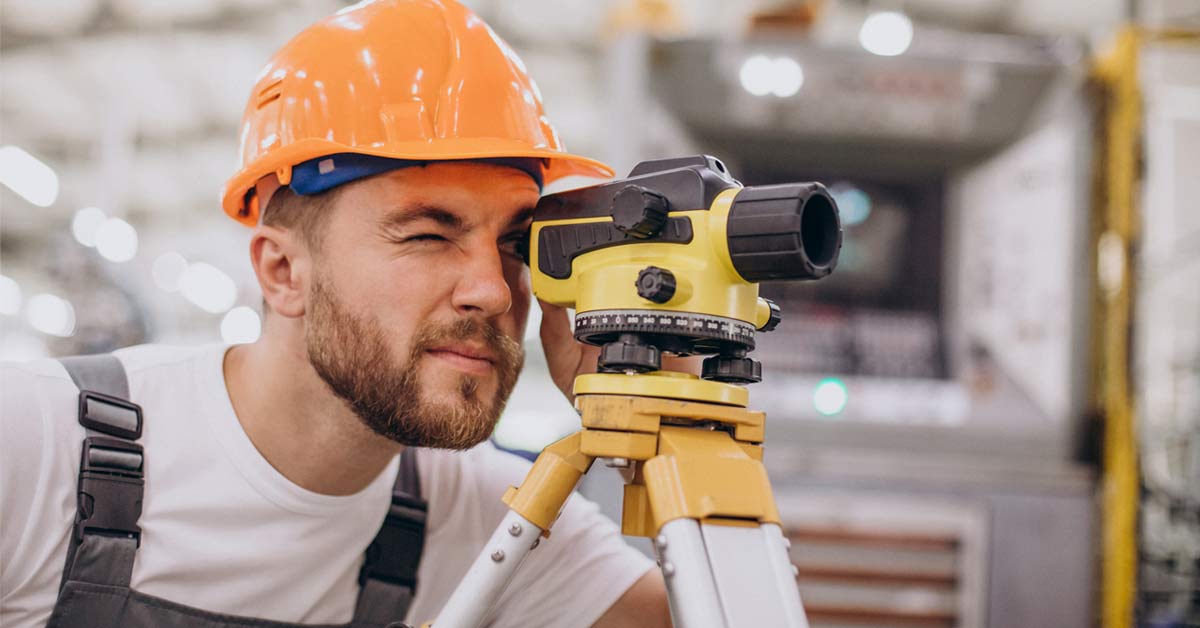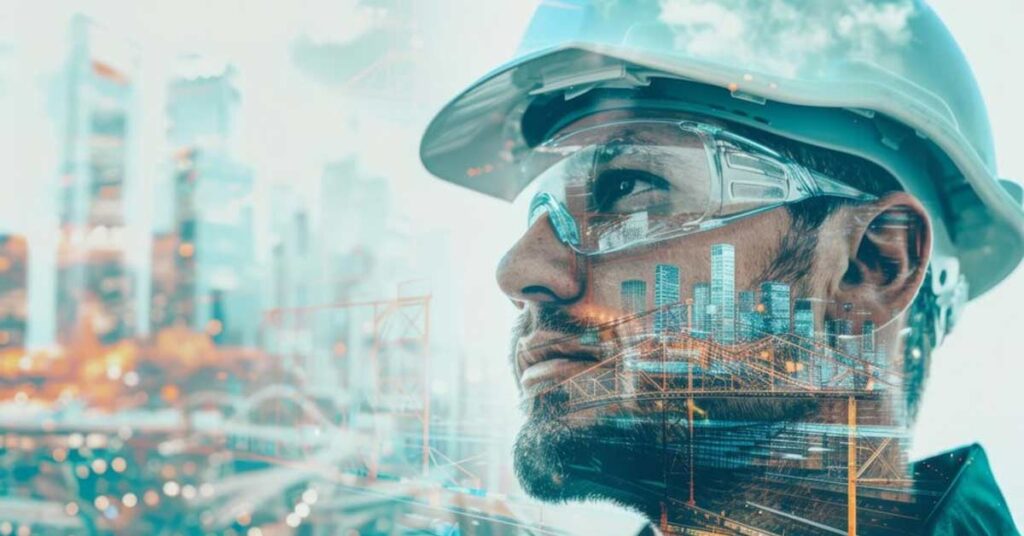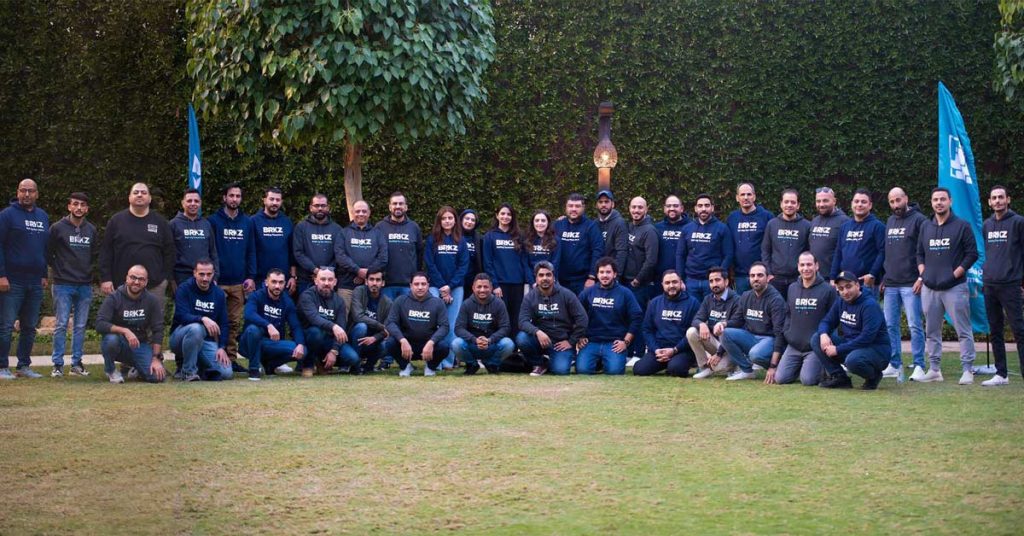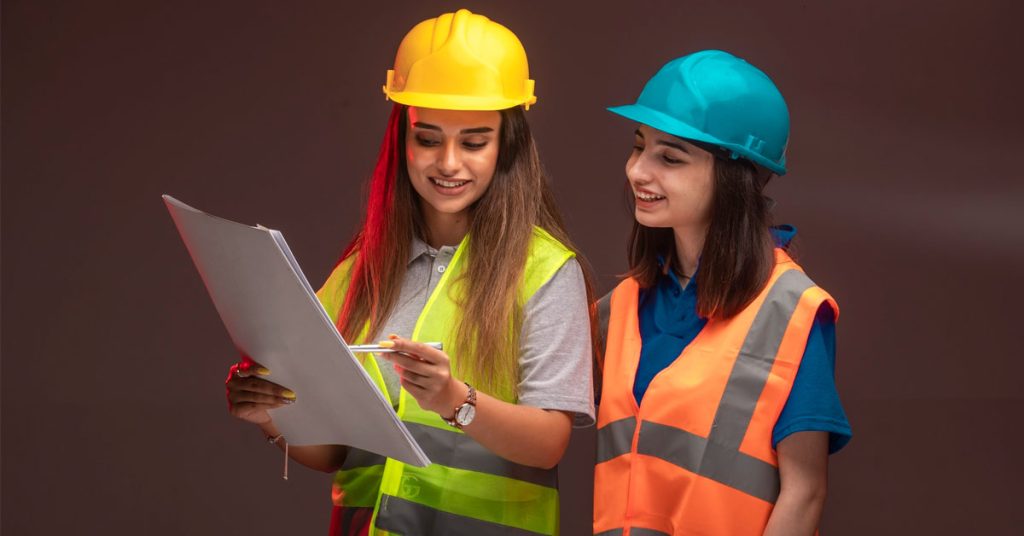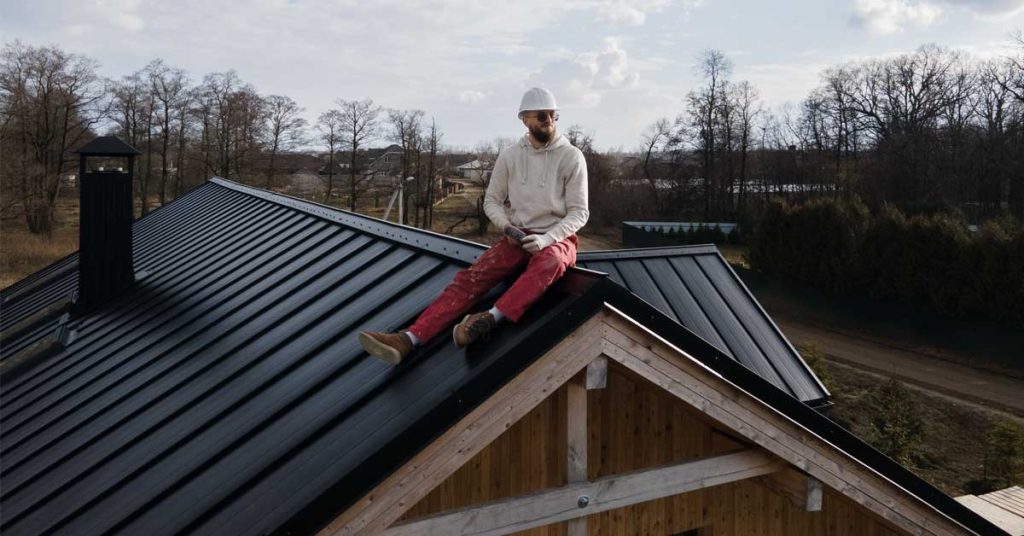There are several different types of site surveys, but perhaps the most revealing and comprehensive ones are the ones that deal with subterranean utilities. Below, we will explain what underground utility surveys are, how they are conducted, and why they are necessary.
What Are Underground Utility Surveys?
Most construction projects require utility surveys to be conducted before any building work can commence. Utility surveys are completed by a utility surveyor. During this type of survey, the surveyor uses specialist skills and equipment to locate, identify and map out all the utility services that are located beneath the surface. This includes things like electric, gas, water, telecoms, and other pipes or ducting routes underground. You can find more about this at csw-surveys.co.uk
How Are Underground Utility Surveys Conducted?
There are two main types of utility surveys: GPR surveys and RFLs. Most professional surveyors use both of these techniques to produce a detailed digital map of what is lying beneath the surface. But what’s the difference between the two?
- GPR Surveys: During this type of survey, ground penetrating radar technology is used to locate objects which are of a different material to the surrounding environment. This type of technology is most helpful in finding the location of objects buried under the ground.
- RFL: Radio frequency location works by tracing the signals emitted by targets underneath the ground. It has two modes – active and passive. Most surveyors use active RFL to determine the depth and position of the targets in question. However, the target must produce a signal for this technology to work, meaning it can only pick up metal objects.
Why Are Underground Utility Surveys Necessary?
There are several reasons why underground utility surveys are necessary, including:
- They can impact the design of a building – architects can use the information from these surveys to design a building that fits the site.
- It helps prevent subsequent expensive design changes – as mentioned in the last point, architects can use a utility survey to create a suitable building for a site. However, if a utility survey is not completed before construction commences on a building, and underground services are found unexpectedly, the building company will have to make design changes during the project. This can cost hundreds of thousands of pounds to put right.
- They improve the health and safety of employees – the health and safety of employees should be your main priority. One way to ensure the health and safety of employees on a construction site is by completing a utility survey. These surveys help mitigate against any potential accidents and minimise the risk of subsequent legal issues.
We often forget what lies beneath our feet, but this infrastructure allows us to live like we do. While this may be true, it can be hard to keep track of where all the utilities are. This can be a considerable problem for construction companies and developers. Thankfully, utility surveys can help construction companies understand what lies beneath our feet.
ⓘ LAFFAZ is not responsible for the content of external sites. Users are required to read and abide by our Terms & Conditions.
